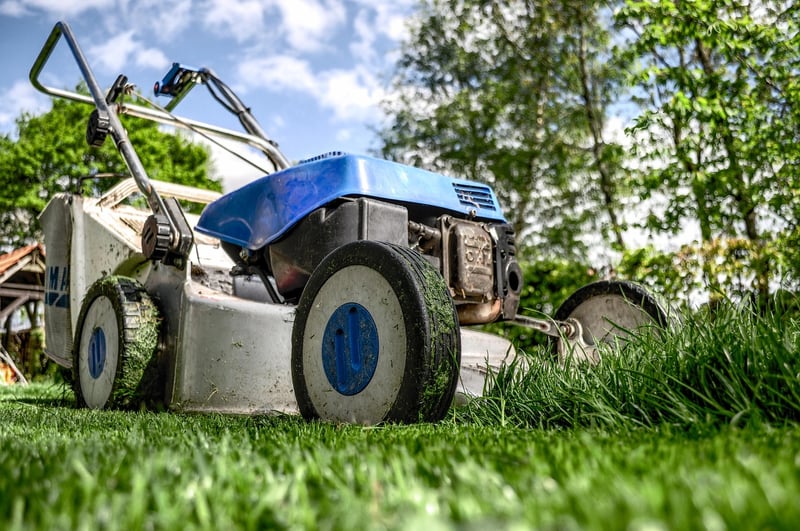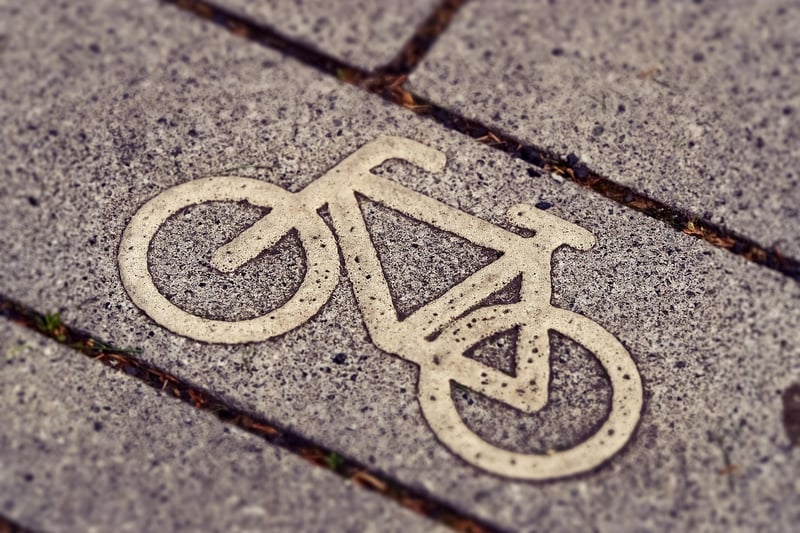Pruning Guide
Maintain Healthy Plants with Proper Pruning: A Complete Guide

Keeping your plants healthy and thriving requires more than just watering and sunlight. Pruning is an essential practice that helps maintain plant health, promote growth, and enhance the overall appearance of your garden. Whether you are a seasoned gardener or just starting, this comprehensive pruning guide will help you master the art of pruning to ensure your plants flourish.
Why Pruning is Important?
Pruning is the process of selectively removing specific parts of a plant, such as branches, leaves, or buds. This practice offers several benefits:
- Promotes plant growth and development
- Improves air circulation and sunlight exposure
- Prevents disease and pest infestations
- Shapes the plant for better aesthetics
When to Prune?
The timing of pruning depends on the type of plant. In general:
- Spring-flowering plants: Prune after they bloom
- Summer-flowering plants: Prune in late winter or early spring
- Dead or diseased branches: Remove them as soon as you notice them
How to Prune?
Follow these steps for successful pruning:
- Use clean, sharp pruning shears to make precise cuts
- Identify the parts of the plant that need to be pruned
- Remove dead, damaged, or diseased branches first
- Prune at a 45-degree angle just above a bud or branch junction
- Step back periodically to assess the plant's shape and balance
Tools for Pruning
Having the right tools is crucial for effective pruning. Essential tools include:
- Pruning Shears: For cutting small branches and stems
- Loppers: For thicker branches that pruning shears can't handle
- Pruning Saw: For cutting large branches
- Gloves: To protect your hands from thorns and sharp edges
By following these pruning guidelines and tips, you can ensure that your plants remain healthy, vibrant, and visually appealing. Remember, proper pruning is key to a flourishing garden!
For more gardening tips and tricks, visit www.gardeningwebsite.com.
